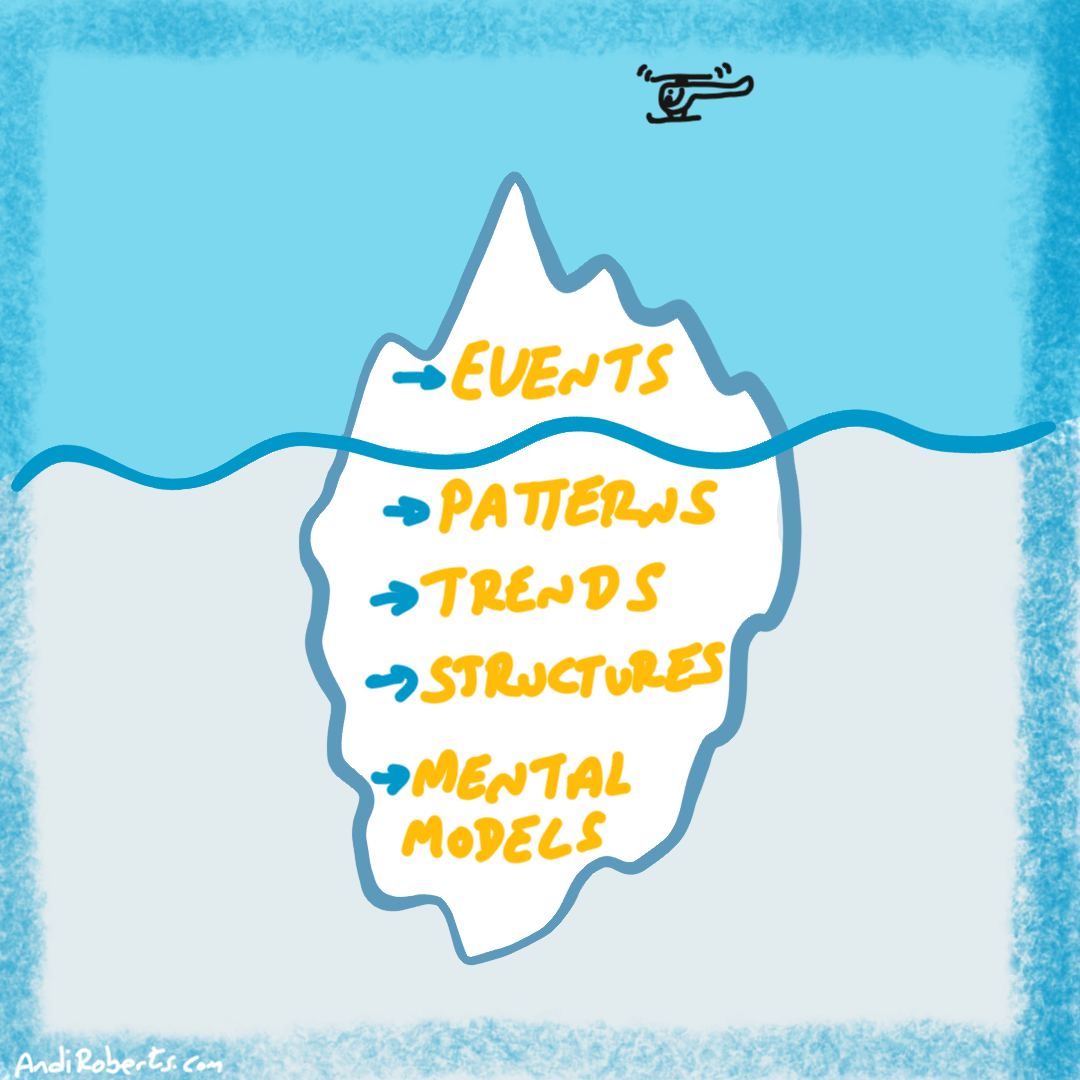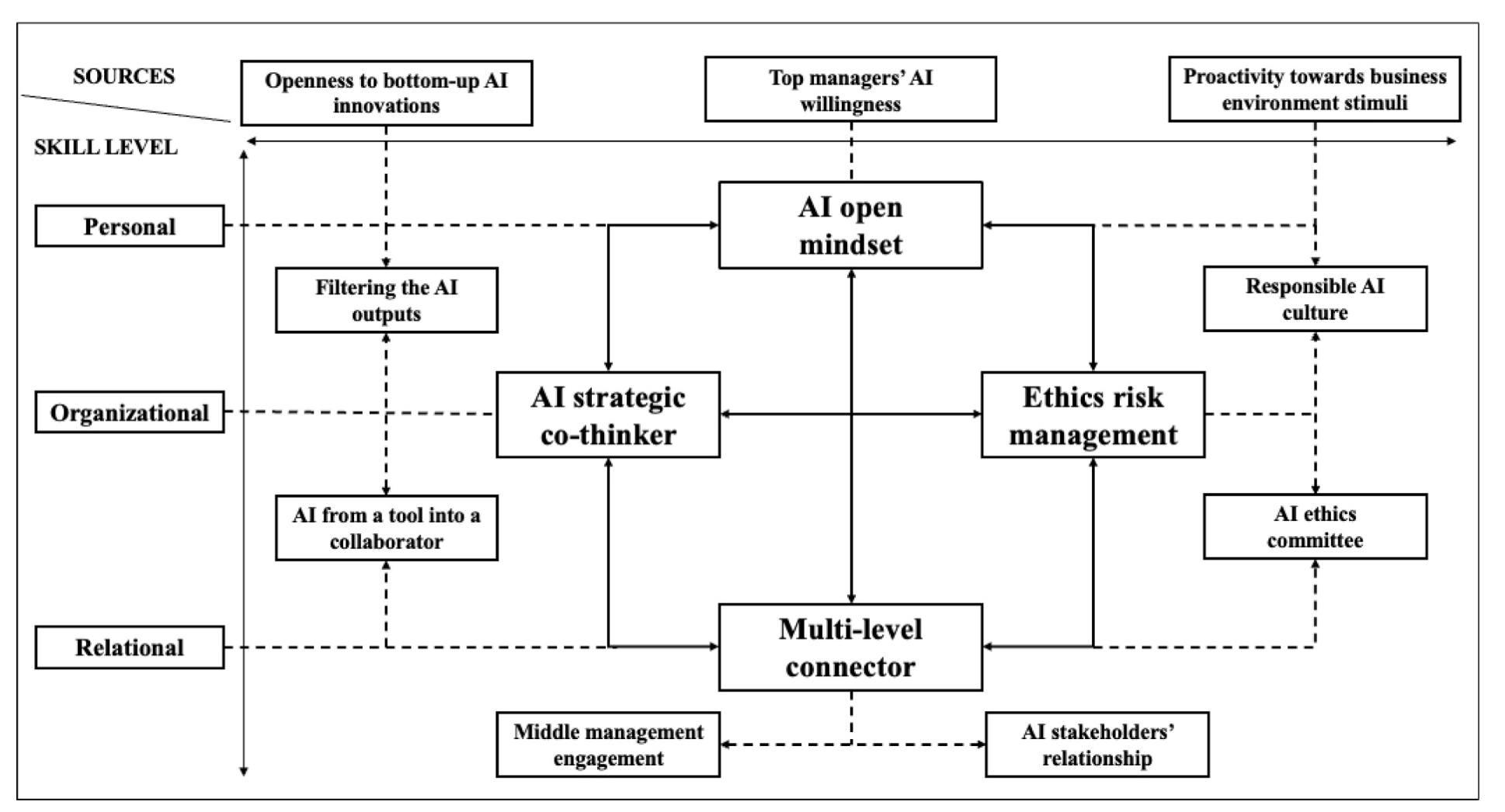Every generation of leaders inherits a few phrases that sound like wisdom. “If you can’t measure it, you can’t manage it” is one of them. It appears in dashboards, planning documents, and boardroom discussions as if it were a law of nature. The idea feels modern and sensible. What we can count, we can control. What we cannot, we risk neglecting.
The quote is often credited to Peter Drucker, though there is no record of him ever saying it (Krames, 2009). The line suits his reputation for clarity, but it distorts his view. Drucker believed in evidence and accountability, yet he also saw management as a moral act grounded in trust, judgement, and purpose. He never confused quantification with understanding (Drucker, 1966; Drucker, 1973).
Its popularity reflects an age that prizes certainty. Data offers reassurance in a world full of change. It promises that with enough numbers, complexity will yield to control. Yet that same promise can narrow our vision. When leaders focus only on what they can count, they stop noticing what truly counts.
The phrase belongs to a particular inheritance. The industrial era taught managers to view work as a system of inputs and outputs, with measurement as the lever of progress. Today, the language of metrics has evolved into algorithms and analytics, but the desire remains the same: to find safety in predictability. Measurement is not wrong, but it too easily becomes a substitute for reflection.
Why the phrase endures
The phrase endures because it gives leaders the illusion of grip. Numbers make the uncertain feel manageable. A spreadsheet can turn ambiguity into neat rows and tidy sums. Dashboards offer the comfort of visibility, even when the view is partial.
Measurement performs a ritual function. It signals seriousness and control. It allows organisations to demonstrate that they are managing reality rather than drifting in it. But this comfort can become a trap.
In government, metrics promise accountability yet often replace it. A target for hospital waiting times may sound like progress until it drives a culture of box-ticking rather than healing. In education, test scores bring clarity at the cost of curiosity. In technology firms, productivity dashboards quantify contribution while eroding collaboration. The need for control, disguised as transparency, begins to suffocate learning.
As Donella Meadows (2008) observed, every system contains both measurable and immeasurable elements. The visible parts are easiest to monitor: cost, output, and efficiency. The invisible ones: trust, morale, belonging, shape how the visible behave. When leaders fixate on what they can measure, they stop attending to what moves the numbers in the first place.
The appeal of the quote tells us less about Drucker and more about our anxiety. In times of uncertainty, metrics soothe. They create the feeling of order, even when the order is imagined.
The limits of what numbers can show
Measurement is not the enemy of leadership. It is one of its languages. The problem begins when that language becomes the only one spoken.
W. Edwards Deming is often cited alongside the quote, though he too never said it. In fact, his warning ran in the opposite direction. “The most important figures that one needs for management,” he wrote, “are unknown or unknowable” (Deming, 1986). He meant that qualities such as innovation, trust, and joy in work, those that determine long-term success, cannot be captured through statistics alone.
Deming valued data as a means to learning, not control. Measurement was a tool for understanding variation, not for judging people. In his view, numbers were maps of a landscape still best navigated by human observation.
That insight has lost little relevance in an age of digital dashboards and machine learning. The precision of modern analytics can create the illusion that every element of performance is visible. Yet even the most sophisticated model depends on human choices about what to count, how to interpret it, and what to ignore.
Drucker shared Deming’s spirit. He argued that effectiveness depended on character and insight as much as analysis. “Plans are only good intentions,” he wrote, “unless they immediately degenerate into hard work” (Drucker, 1973). That “hard work” is cultural and behavioural. It happens in conversation, not calculation.
Both thinkers understood that data illuminates but does not define reality. The task of leadership is to read the numbers without losing sight of the system they describe.
What cannot be measured still manages us
Every organisation depends on things that cannot be counted. Trust, purpose, curiosity, and care are not intangible; they are structural. They decide whether people tell the truth, share ideas, or take responsible risks.
Francis Fukuyama (1995) called trust the hidden wealth of nations. Amy Edmondson (2019) showed that psychological safety determines whether teams learn from mistakes or hide them. Daniel Goleman and Richard Boyatzis (2006) linked emotional intelligence to performance across industries. None of these can be reduced to a single score.
Organisations often try. Surveys and psychometrics provide useful clues, but they measure what people report, not what they feel. A trust index may show movement, yet it rarely tells the full story. The act of measurement can change the meaning. What was once a signal of care becomes an input to be improved.
Consider a manager who asks an employee how they are, then immediately records the response in a wellbeing app. What began as an act of attention becomes an act of administration. The intent to care turns into a form of monitoring. The unmeasurable quality, presence, vanishes in the act of counting.
The unmeasurable is not unmanageable. It simply requires a different discipline. Where metrics rely on counting, leadership relies on noticing: listening carefully, asking better questions, and reading the emotional texture of work. These are acts of management too.
Trust grows when people sense that their experience matters even when it cannot be coded. Culture deepens when reflection is valued as much as results. Leaders who learn to hold those spaces build capability that no spreadsheet can show.
When measurement replaces meaning
The danger lies not in measurement itself, but in mistaking data for truth. Donald Campbell (1976) warned that once a measure becomes a target, it ceases to be a good measure. The moment results determine reward, behaviour bends to meet them.
In healthcare, waiting-time targets may shorten queues while deepening stress. In education, test scores may rise while curiosity falls. In business, engagement scores climb while genuine dialogue disappears. The system learns to perform its own success.
Imagine a meeting where the quarterly figures are being reviewed. The numbers look good, but the room is quiet. No one mentions the project that failed or the colleague who left. Everyone knows that only the graph on the wall matters. Silence becomes a strategy for survival. This is how measurement replaces meaning: the appearance of success takes priority over its substance.
John Seddon (2008) describes this as “failure demand”, the extra work created when systems optimise for the wrong thing. When leaders measure activity instead of purpose, they create compliance instead of learning.
Peter Senge (1990) and Ralph Stacey (2011) remind us that organisations behave less like machines and more like living systems. Feedback, relationships, and adaptation matter more than control. Over-reliance on measurement dulls responsiveness. People stop noticing what is not on the dashboard.
Measurement without meaning produces motion without progress. It creates organisations that look efficient while quietly exhausting themselves. The metrics improve, but the work feels hollow.
Towards a healthier relationship with data
Leaders cannot escape measurement, nor should they. The task is to reclaim its purpose. Numbers should serve learning, not replace it. Healthy measurement begins with curiosity. Instead of asking, “How can we track this?”, leaders can ask, “What are we trying to understand?” When data begins with inquiry, it becomes a dialogue with reality.
Measurement should also invite conversation. Sharing data is an opportunity to ask, “What do you notice?” or “What might this mean?” Amy Edmondson (2019) calls this creating psychological safety, a climate where people can speak truth without fear. In that climate, numbers become starting points for exploration, not verdicts for blame.
Leaders must also attend to what is missing. No metric captures the courage to admit uncertainty, the relief of being heard, or the quiet pride in good work done well. These signals are not sentimental. They are evidence of health. They show whether the system is learning.
Donella Meadows (2008) called feedback “the heartbeat of a system.” Measurement is one form of feedback, but so is listening. The art of leadership lies in holding both, the precision of data and the humility of attention.
To manage what cannot be measured, leaders must first accept that not everything valuable needs to be verified. Some of the most powerful shifts in behaviour come from changes in story, not in statistics. When people reconnect with purpose, the numbers tend to follow.
Closing reflection: what this means for leaders
The work of leadership begins where data ends. Numbers help us see patterns, but only presence reveals meaning. What cannot be measured still manages us—through tone, story, and trust.
Leaders can start with three questions:
-
What are our measures teaching us, and what are they hiding?
-
Where have indicators replaced insight?
-
What do we notice in the spaces between the data?
Measurement is a powerful servant but a poor master. Used with curiosity, it helps organisations learn. Used with fear, it narrows what they see.
The old quote promised control. The deeper truth is that management is an act of attention. What you choose to notice, you choose to shape. And in that choice lies the real measure of leadership.
Do you have any tips or advice on using metrics more effectively?
What has worked for you?
Do you have any recommended resources to explore?
Thanks for reading!
Sources
Boyatzis, R. E. and Goleman, D. (2006) Emotional intelligence competencies in the workplace. In: Druskat, V. U., Sala, F. and Mount, G. (eds.) Linking emotional intelligence and performance at work. Mahwah, NJ: Lawrence Erlbaum Associates.
Campbell, D. T. (1976) ‘Assessing the impact of planned social change’, Occasional Paper Series, Dartmouth College.
Deming, W. E. (1986) Out of the crisis. Cambridge, MA: MIT Press.
Drucker, P. F. (1966) The effective executive. New York: Harper & Row.
Drucker, P. F. (1973) Management: Tasks, responsibilities, practices. New York: Harper & Row.
Edmondson, A. C. (2019) The fearless organization: Creating psychological safety in the workplace for learning, innovation, and growth. Hoboken, NJ: Wiley.
Fukuyama, F. (1995) Trust: The social virtues and the creation of prosperity. New York: Free Press.
Krames, J. A. (2009) Inside Drucker’s brain. New York: AMACOM.
Meadows, D. H. (2008) Thinking in systems: A primer. White River Junction, VT: Chelsea Green Publishing.
Seddon, J. (2008) Systems thinking in the public sector. Axminster: Triarchy Press.
Senge, P. M. (1990) The fifth discipline: The art and practice of the learning organization. New York: Doubleday.
Stacey, R. D. (2011) Strategic management and organisational dynamics. 6th edn. Harlow: Pearson Education.





Leave A Comment